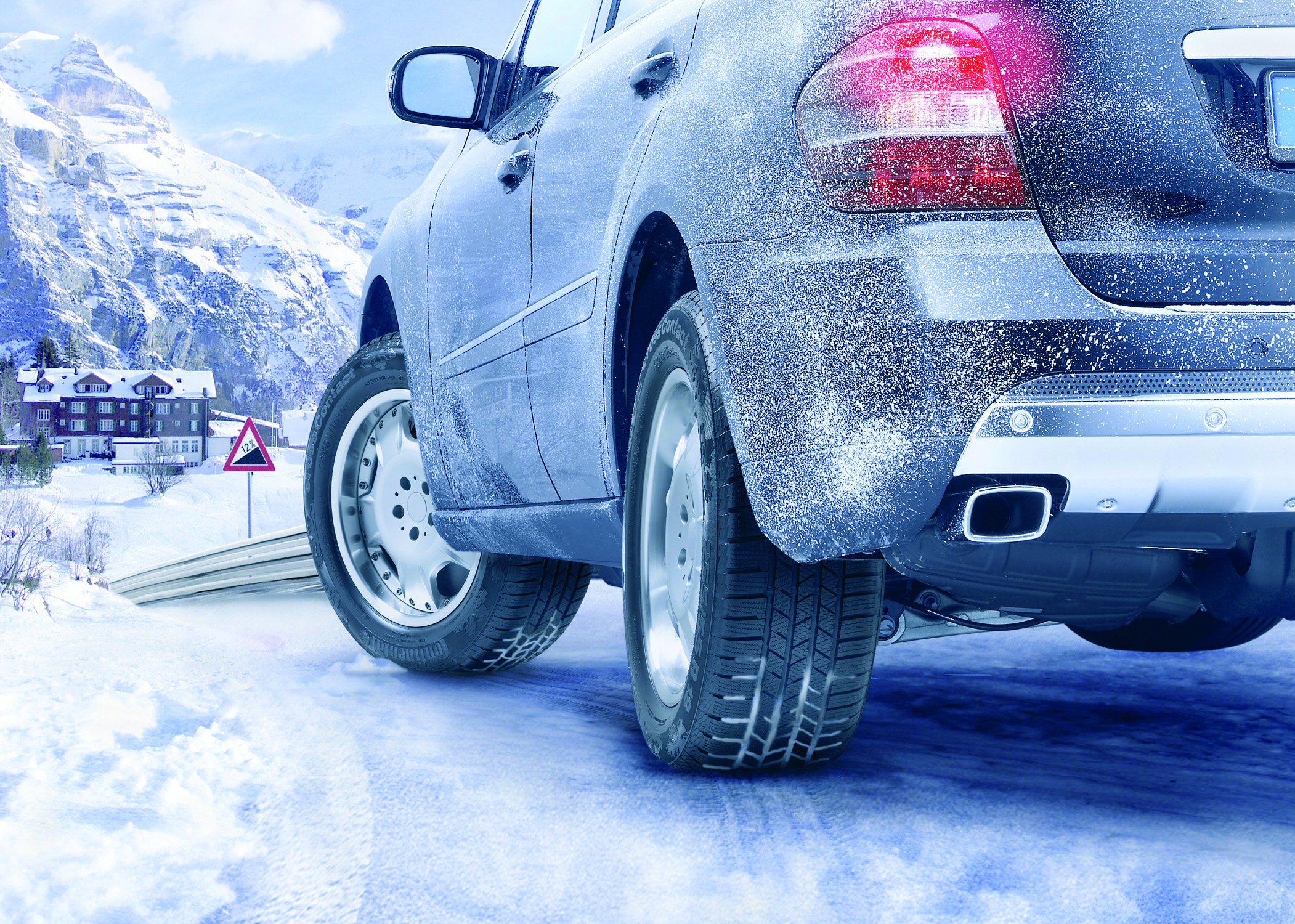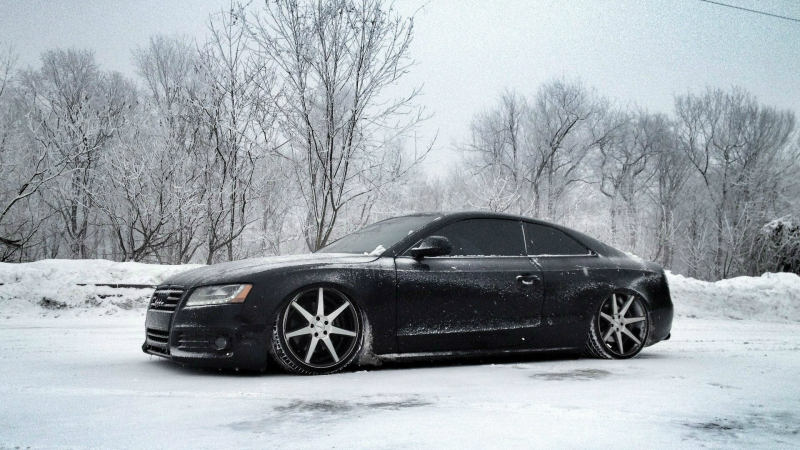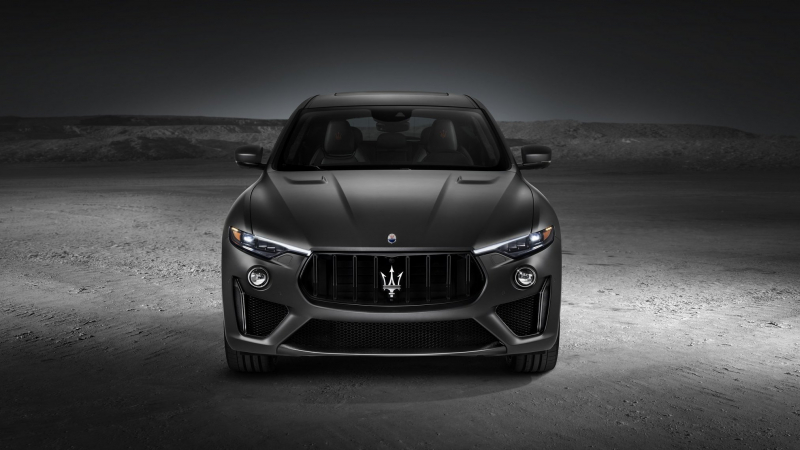It’s not a secret that each and every winter, people are injured or killed because they are unprepared or overconfident on snowy, icy roads. With a winter storm blanketing the Midwest, drivers could use some reminders on how to drive properly in the snow. These rules for driving safely in winter weather are not particularly difficult to follow but some drivers do not pay attention to them. May be you are not a novice driver but keeping some safety tips fresh in your mind can keep you on the road and in control.

One of the most important things to remember is making sure you and your vehicle are properly equipped before you leave. If you own a new BMW, Mercedes-Benz or Audi, this doesn’t mean you shouldn’t do a quick check of your vehicle before you hit the road. Make sure that your car has ample antifreeze, the windshield is clean and you have plenty of windshield washer fluid, the headlights are clean and in working order and the tires have tread and are properly inflated. We are always in a hurry but driving too quickly is the main cause of accidents in winter conditions. Just be patient and accept the fact that it is going to take longer to arrive at your destination. It is important to avoid abrupt acceleration, braking and turns. Doing so can cause your vehicle to lose traction and can launch you into an uncontrollable skid, leading to a collision.

We hope you know that it takes a much longer distance to stop your vehicle in the snow or ice due to the greatly reduced traction. You may think that the driver in front of you doing 35 mph on the freeway is going too slow and needs a reminder in the form of you riding their bumper, but doing so is dangerous. Be patient and stay back until it's safe to pass. For some of us, driving with cruise control has become almost second nature. Yes, it prevents you from getting leg fatigue, keeps you from unwittingly speeding and is great on long trips, but driving with it on in winter conditions can be unsafe. Using cruise control in the snow, ice or even rain is dangerous because if your car hydroplanes or skids, it will accelerate and rapidly spin the wheels since it will be trying to maintain a constant speed. If this happens, it will be more likely that you lose control of your vehicle.

If during your trip – or before you even leave – you feel that the weather is too bad to continue driving, simply stay put. If you're out on the road, find a safe spot to pull over and wait until the weather passes or calms to the point where you feel comfortable driving again. If you haven't left yet, stay home. Remember, there is no shame in making the logical decision to stay in when the conditions are bad. You may be late arriving to your destination, but arriving late in one piece is much better than the alternative.










